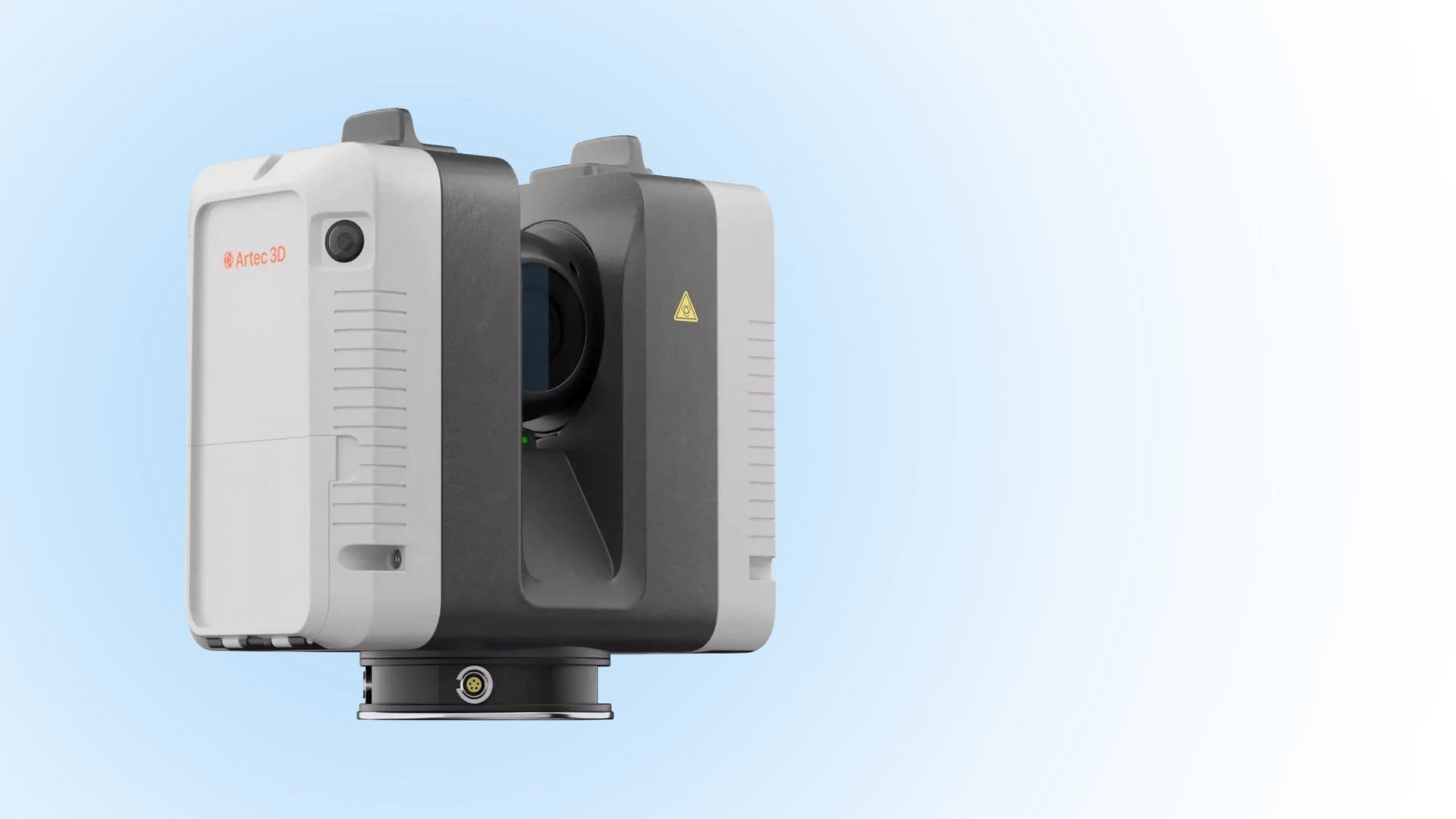
Long-Distance 3D Scanning for Infrastructure
Huge infrastructure projects present unique challenges that can only be addressed with advanced solutions like long-range 3D scanners. Whether it’s
Although handheld scanners offer high accuracy, their level of precision can’t be compared to that of stationary scanners. The fact that they’re held by hand means they’re likely to lose calibration.
Fortunately, there are several steps you can take to improve the accuracy of your handheld scanner, including creating a stable scanning environment, enhancing your scanning techniques, using the right adjustment techniques, and regularly checking its data integrity. This article discusses the most effective ways you can improve the accuracy of handheld 3D scanners.
The major headache in generating accurate 3D scans using a handheld scanner is understanding the distinctions of the scanning process, especially for beginners. For instance, scanning objects with reflective surfaces can be difficult because shiny surfaces scatter light from the scanner, distorting the captured data.
So, learning how to improve the accuracy of your handheld scanner involves more than just choosing the right handheld scanner. It also involves understanding all the situations that may affect your scanner’s precision and how to fix them.
Here’s a comprehensive guide on how you can make your handheld 3D scanner more accurate:
Whether you’re scanning outdoors or indoors, make sure there’s a specific area designated for scanning. This means having a controlled space that provides you with the necessary conditions to generate scanning results that are accurate and consistent.
This also ensures that the scanning area is properly lit and free of reflective surfaces that could distort your scans. You can even dim or switch off the bright lights to improve the accuracy of your scanner and the overall quality of your results.
If you’re scanning outdoors, you can avoid reflections by placing the object and the scanner away from direct sunlight. You can also set up temporary shades to block direct sunlight. Furthermore, your designated scanning area should be free of unnecessary objects that could hinder free movement, leading to noisy scans.
Your hands are the tripod for your handheld 3D scanner. Therefore, unstable hands will affect the accuracy of the scanner and the overall quality of your scans.
You can ask for help from a friend or colleague if the shaking problem persists. Alternatively, use a chest strap or waist belt mount to keep your handheld scanner steady during scanning.
Make sure the object being scanned is securely mounted on the scanning stand to avoid shakes or shifts. Your scanner should be placed at a considerable distance from the object, but not too far, to avoid uneven data capture and loss of data points.
Maintain a smooth and controlled movement as you move around the object, and ensure that the floor you’re working on is smooth, even, and free from debris that could cause you to tumble. Irregular and fast movements can cause errors in your scans.
Most handheld 3D scanners have adjustable scan ranges to help you adjust the range and resolution depending on the type and size of the object you’re scanning. Read the user manual to understand how to change the settings for more accuracy and consistency.
Some of the most important settings in your handheld scanner that can affect its accuracy include brightness, exposure, scan range, and resolution. In the unlikely event that your scanner doesn’t come with a user manual, or if you lose it, you can still download it from the manufacturer’s website.
As mentioned above, most handheld 3D scanners tend to lose their calibration over time, thus requiring regular recalibration. This helps to maintain consistent measurements.
Although you can recalibrate your scanner by yourself using the manufacturer’s manual, sometimes you have to consult an expert or the manufacturer for professional assistance. Calibration is an important process that enables the scanner to estimate and control its position, rotation, and actions proportionate to the object you’re scanning.
The accuracy of your handheld scanner depends on many factors, including its scanning technology, settings and functionality, the scanning environment, and the stability of the scanner and the object being scanned.
Improving the accuracy of your scanner involves considering all these factors and adopting 3D scanning best practices. Proper handling of the scanner and thorough preparation of the scanning area are also necessary for a successful scan!
3D Scanning & Metrology News, Press, Insights, Trends, Case Studies, and more.

Huge infrastructure projects present unique challenges that can only be addressed with advanced solutions like long-range 3D scanners. Whether it’s

Different long-range scanner brands offer varying features and capabilities; hence the need to understand the most crucial aspects of long-range

The key difference between long-range and short-range scanners is the maximum distance at which they can capture data. Ordinarily, long-range

The key elements to consider in long-range 3D scanners include accuracy, scan speed, resolution, scanning mechanism, and ease of use.
Secure SSL Encrypted Connection
Two-factor Authentication
© Copyright 2024 – Digitize Designs, LLC – Privacy Policy – Website by Luminos Agency